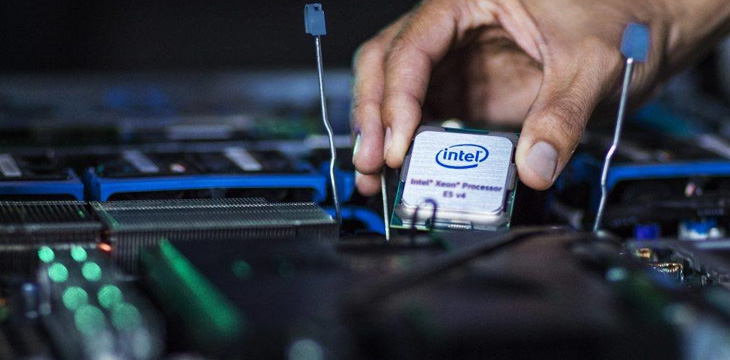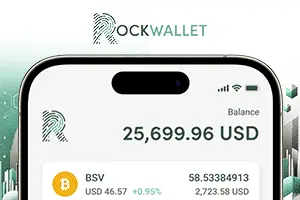|
Getting your Trinity Audio player ready...
|
In a move that could make cryptocurrency miners a little nervous, software giant Intel is exploring how to make the mining process obsolete. The company filed a patent two years ago with the U.S. Patent & Trademark Office (USPTO) for a system that would make transaction verification on a distributed ledger automatic, negating the necessity of paying miners for the service.
The USPTO published last Thursday the details of the patent, which describes a system that would automatically partition and update distributed ledgers. The system contains a processor that can autonomously verify the validity of new block and, subsequently, attach them to the ledger.
Currently, a network of nodes competes for transactions. The nodes verify and record the transactions to the ledger and, in return, are paid a small amount. This amount is the network mining fee, and the desire to capitalize on the fee has given rise to huge mining operations scattered throughout the world.
The developers behind the system indicate that there are currently scaling limitations with blockchains, due to the number of broadcast messages sent and stored for each transaction. The design behind the patent filing could overcome this limitation. The patent states, “Distributed ledgers have inherent scalability issues. When all of the validators in a DLS must have a copy of all transactions, all of the transactions must be broadcast to all of the validators. These broadcasted transactions create a very large number of network messages.”
According to the patent filing, the system uses two nodes, dubbed a first validation node (FVN) and a second validation node (SVN). The SVN sends a block record to the FVN. The block record contains the record’s digital signature and the SVN’s node identifier, which is based on the record’s signature. Using the node identifier, the FVN can verify whether or not the SVN belongs to a node with a trusted processor and if the block record’s digital signature was created with a private key. Through this, the FVN can validate the transaction.
In order to function properly, computers that would run the nodes would have to be pre-programmed with specific parameters to define the block validation process. As with any programming, this could conceivably be the link most vulnerable to issues, either through improper coding or hacks. There weren’t any indications regarding whether or not this system has been trialed anywhere outside of a lab.

 12-15-2025
12-15-2025 





